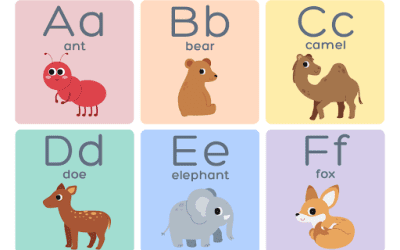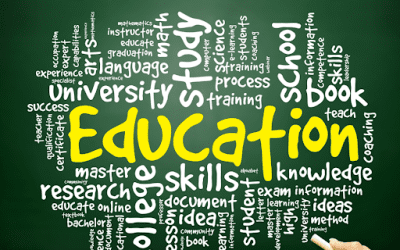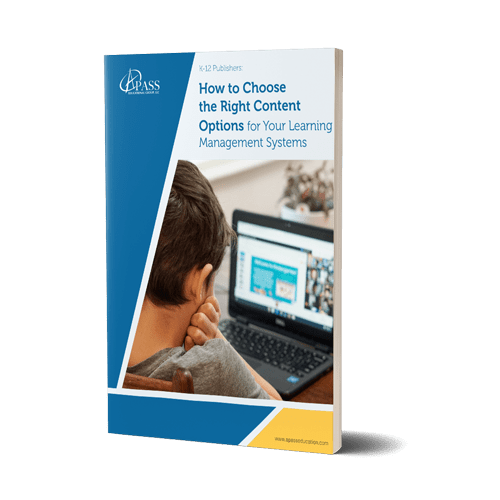What is Problem-Based Learning?
Problem-based learning (PBL) is a teaching method that immerses students in real-world cases they will likely face in their careers. The goal of PBL is to enhance student learning and better prepare them for the fields of work they are about to enter. PBLs are widely used across subject areas. They are especially gaining popularity in health sciences.
Here are a just a few ways PBL can be used in the health sciences:
- To respond to patient changes that may occur during a surgery
- To create an action plan when faced with limited information about a patient
- To evaluate a patient’s provided symptoms
- To determine how external factors may contribute to a patient’s condition
Why PBL
PBL works in medical teaching for a myriad of reasons. One of the greatest benefits of this approach is that it immerses students in their learning. It puts students in similar situations that they will face in their careers. When students are immersed in their learning, they are more likely to retain what they’ve learned. PBL encourages peer-to-peer learning and allows students to explore moral and ethical issues that may arise in different cases. Finally, PBL provides students with immediate feedback regarding their hypotheses and choices.
Best Practices When Creating PBL
As you begin the process of implementing PBL in a curriculum, keep these best practices in mind.
- Identify Learning Objectives
It’s critical to have your learning objectives (aim for six to eight) established as you begin planning a PBL curriculum. You’ll use those objectives as a road map during the design process of each case. A good learning objective starts with a measurable task, such as justify or provide evidence, and integrates multiple skills.
- Create a Template
To increase student success, each case you develop should contain similar components. A good template should begin with a realistic scenario. You may even consider including visuals with your scenario to help students visualize and connect. Once the scenario is established, allow students time to hypothesize, investigate, discuss, develop a plan, implement, and reflect.
Save this handy checklist as a resource for designing problem-based activities.
- Make Adjustments Based on Students’ Needs
Be sure to consider students’ prior knowledge when creating a PBL case. Consider how far students are in their program of study, and use that as a gauge when developing cases. Early cases will likely require the least amount of prior knowledge because each student is arriving with varying degrees of experience. Conversely, successive cases should build on the knowledge students likely gained from a previous case.
- Keep Students Engaged
The scenario provided at the beginning of a case is sure to engage students, but you also need to keep them engaged through each successive step. When students are engaged, they are more likely to retain the knowledge gained and apply it in real-life situations in their careers.
- Make sure the scenario is relatable
- Build on what students already know
- Allow for multiple points of student interaction
- Challenge students to seek answers through research
- Review and Revise
Before any case goes “live”, it’s important to ask a few trusted reviewers for their feedback. You can also ask students for their feedback at the end of each case. Feedback is key and will help to ensure each case is a high-quality PBL experience.
Key questions to ask:
- Is the case student-centered and engaging?
- Are the objectives clear throughout the case?
- Is the case both logical and authentic?
When PBL is properly planned and implemented, it’s sure to increase student engagement and retention. Be sure that each case is well thought out, accessible for students, and meaningful to their future career experiences.





